Not for me. I’d tend to sick to a standardized laboratory test such as ASTM D8114 where you have controls. It’s not a particularly difficult nor expensive test but it’s funny how all the “snake oil” additive companies never seem to publish a result. It would eliminate all this flapping around about “real world” driving.
You are using an out of date browser. It may not display this or other websites correctly.
You should upgrade or use an alternative browser.
You should upgrade or use an alternative browser.
Have you tried friction modifiers in your engine oil?
- Thread starter Fredxt
- Start date
Yeah, that's so bizarre. I actually ordered the Chlorine test kits, will test the NMF snake oil for chlorine once DEXSIL Clor-D-Tect Q4000 test kits arrive:Not for me. I’d tend to sick to a standardized laboratory test such as ASTM D8114 where you have controls. It’s not a particularly difficult nor expensive test but it’s funny how all the “snake oil” additive companies never seem to publish a result. It would eliminate all this flapping around about “real world” driving.
I messaged them multiple times, they say there is no harmful substance but refuse to say no chlorine, just like EMT says:
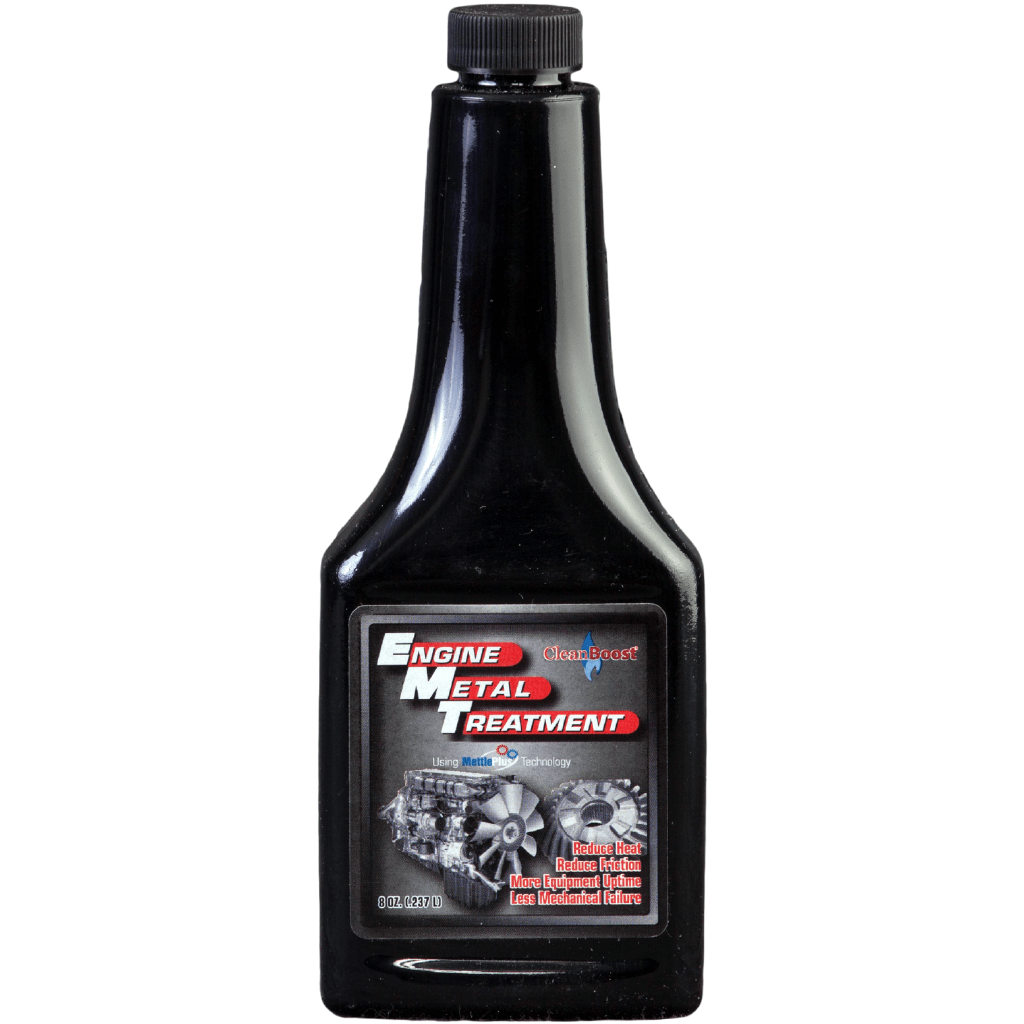
CleanBoost® EMT ™ 08 oz. Oil Additives For Engine Metal Treatment
CleanBoost® EMT ™ 08 oz. Oil Additives For Engine Metal Treatment is truly a new and unique lubrication chemistry. It provides a vastly superior level of protection.
I used Ceratec in my motor once and saw an improvement. But unless you do extended drain intervals say, 10k or so it's pretty costly to use every change. I think they recommend every other change or something lie that. I use it in my manual transmission and it shifts smoother.
Doesn’t work that simply. The basic rules of statistical analysis require at least 30 data points for each sample to be able to determine if there is a statistically significant difference between the test platforms. It requires all variables in each test to be the same; that’s what kschachn was inferring. You may have seen 25 and 26.4mpg, but if the standard deviation was +/- 1.5 mpg, you’ve gained nothing.OK, it's even easier than that. Fill the tank, Take 1 50 mile loop, add the snake oil and then take 50 mile look again. Same road, same gas, same night, same driver, same speed, same tier, same weather. Also, reset the averaging once you are on the highway and read before you leave, that eliminates any city driving effect. End of discussion?
Air temp, wind direction and speed, atmospheric pressure, road condition… the uncontrollable variables will always induce more noise into your measurements than any actual mileage improvements ever would… proving that you can never attribute the improvement (or detriment) to a single variable when you’re attempting to test in the manner you reference.
Oil additive manf. and formulator's spend a lot of times testing their formulations, something OTC and Third Party Oil Additives companies do not do.
I wish I had checked with a sound level meter to see if it's placebo but the HR-V's engine was so quiet with valvoline's blue restore that I sometimes wondered if it was actually running when idling in a parking lot. Another example is when flooring it on the highway, the high revs were muffled. To the cars next to me, it would sound as if the HR-V was barely trying to accelerate.
My hypothesis is it has friction modifiers we don't see in PCMO.
OVERKILL
$100 Site Donor 2021
Also, in this instance, the economy meter in the car is being relied on, which are notoriously inaccurate.Doesn’t work that simply. The basic rules of statistical analysis require at least 30 data points for each sample to be able to determine if there is a statistically significant difference between the test platforms. It requires all variables in each test to be the same; that’s what kschachn was inferring. You may have seen 25 and 26.4mpg, but if the standard deviation was +/- 1.5 mpg, you’ve gained nothing.
Air temp, wind direction and speed, atmospheric pressure, road condition… the uncontrollable variables will always induce more noise into your measurements than any actual mileage improvements ever would… proving that you can never attribute the improvement (or detriment) to a single variable when you’re attempting to test in the manner you reference.
The engineers with Honda, GM and Toyota just can't seem to find a way to measure fuel consumption over distance. This is a problem that has perplexed everyone since the dawn of creation!
It's because there isn't much compensation for environmental differences. Air mass is far more controlled.The engineers with Honda, GM and Toyota just can't seem to find a way to measure fuel consumption over distance. This is a problem that has perplexed everyone since the dawn of creation!
Which again shows the difficulty of "real-world" measurements. The one time I saw this done they used some sort of volumetric device such as a large burette which had to have compensation for temperature. These days I'm sure there are more accurate devices that use some other method of determination.
MolaKule
Staff member
What specific additive are you referring to?My hypothesis is it has friction modifiers we don't see in PCMO.
What specific additive are you referring to?
Was referring to the friction modifiers in valvoline's blue restore.
Engine oil doesn't normally muffle engine sounds so unless it's my imagination, there's something different compared to PCMOs.
Found this just now when trying to research:
"Friction modifiers and other additives are included at much higher treat rates in HDDEOs compared to passenger car engine oils. The additive content can be almost double that of passenger cars and dispersants and detergents perform a greater role. Whilst friction modifiers have not been an area of focus for HDDEO until recently, they now play an important part in low viscosity oils to reduce wear and friction."
source
Note that vanderbilt never mentioned wear reduction, or I missed it. I would say the wear reduction is not there
- Joined
- Oct 3, 2023
- Messages
- 397
I've used BG MOA and 44K in my recent oil change after the BG EPR flush. The car does feel more punchier on the acceleration and MPG seems to have a slight increase, highest I recorded was 46 mpg which is impressive, however traffic conditions at the time was very ideal, which was nonstop highway driving without slowing down. Hard to say if the MOA have a meaningful impact since multiple BG products was used all at once.
This seems to be a good read on these ionic snake oils:
Seems like legit research (if not totally faked by snake oil guys )
)
Seems like legit research (if not totally faked by snake oil guys
Another paper on these:
 www.osti.gov
www.osti.gov
Ionic liquids as lubricant additives: A review (Journal Article) | OSTI.GOV
The U.S. Department of Energy's Office of Scientific and Technical Information
Found the mother of all snake oils:
 iolitec.de
It's a legit german company selling exactly these stuff
iolitec.de
It's a legit german company selling exactly these stuff
Application of ionic liquids as lubricants | IoLiTec
Due to their marginal vapour pressure and their non flammability ionic liquids are interesting substances for the lubricant technology. In addition, some ionic liquids possess interesting rheological and tribological properties, a high thermal and chemical stability and high surface tension.
Ionic liquids aren't new. The germans used it in their oils during WW2 (voltol) and it appears it was effective. But the ionic oils are not very liquid at low temperatures which limits the concentration you can use.
E-ion is another supplier
E-ion is another supplier
I finished the chlorine test.
Result: I detected 18000 ppm chlorine in my engine oil (amsoil 0w20 ss) which had hss stiction and moglide (NMF) friction reducer in it. Sine the test kit was 4000ppm max I deluted the drained sample 1 to 9 with fresh oil to get to 10%.
Process: after 1800 miles I added moglied (NMF) to the engine oil (amsoil ss 0w20) which already had hss stiction. After a couple hundred miles drained the oil and saved a sample bottle of it. For testing got a 4000ppm chlorine test kit, so, diluted the sample drained oil 1 to 9 with fresh oil to get to 10% used oil in 90% fresh oil. DEXSIL Clor-D-Tect Q4000 shows 1800 ppm chlorine and since the sample is diluted to 10% should be about 18,000 ppm in the original drained oil sample.
disclaimer: I am not making any claim about any of the mentioned products or if the test is done in a 100% scientific way. This is just a personal observation.
Result: I detected 18000 ppm chlorine in my engine oil (amsoil 0w20 ss) which had hss stiction and moglide (NMF) friction reducer in it. Sine the test kit was 4000ppm max I deluted the drained sample 1 to 9 with fresh oil to get to 10%.
Process: after 1800 miles I added moglied (NMF) to the engine oil (amsoil ss 0w20) which already had hss stiction. After a couple hundred miles drained the oil and saved a sample bottle of it. For testing got a 4000ppm chlorine test kit, so, diluted the sample drained oil 1 to 9 with fresh oil to get to 10% used oil in 90% fresh oil. DEXSIL Clor-D-Tect Q4000 shows 1800 ppm chlorine and since the sample is diluted to 10% should be about 18,000 ppm in the original drained oil sample.
disclaimer: I am not making any claim about any of the mentioned products or if the test is done in a 100% scientific way. This is just a personal observation.
Attachments
-
 photo_2023-11-05_11-27-27.jpg83.5 KB · Views: 4
photo_2023-11-05_11-27-27.jpg83.5 KB · Views: 4 -
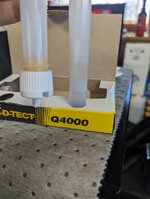 photo_2023-11-05_11-27-28 (2).jpg100.3 KB · Views: 5
photo_2023-11-05_11-27-28 (2).jpg100.3 KB · Views: 5 -
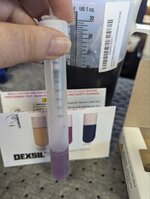 photo_2023-11-05_11-27-28 (3).jpg94.2 KB · Views: 5
photo_2023-11-05_11-27-28 (3).jpg94.2 KB · Views: 5 -
 photo_2023-11-05_11-27-28 (4).jpg65.5 KB · Views: 5
photo_2023-11-05_11-27-28 (4).jpg65.5 KB · Views: 5 -
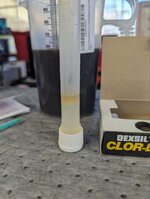 photo_2023-11-05_11-27-28.jpg94.5 KB · Views: 5
photo_2023-11-05_11-27-28.jpg94.5 KB · Views: 5 -
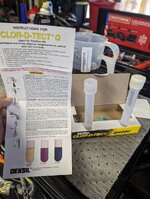 photo_2023-11-05_11-28-29.jpg173.3 KB · Views: 5
photo_2023-11-05_11-28-29.jpg173.3 KB · Views: 5
Last edited:
All of which means what?
Nothing. No claims made.All of which means what?
Similar threads
- Replies
- 22
- Views
- 4K
- Replies
- 221
- Views
- 58K
- Locked
- Replies
- 18
- Views
- 56K
- Replies
- 13
- Views
- 11K
- Replies
- 5
- Views
- 4K
